Abraham, J; Saint-Cyr, M.
Clinics in Plastic Surgery, 2017-04-01, Volúmen 44, Número 2, Páginas 385-402
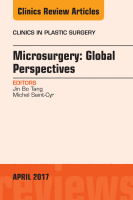
Pedicle perforator flaps and keystone perforator island flaps are additional tools for reconstructive surgeons. Advances in understanding of vascular anatomy, the dynamic nature of perforator perfusion, inter-perforator flow and the hot-spot principle have led to reconstructive techniques that allow innovative autologous tissue transfer while limiting donor site morbidity. Further modifications of the pedicle perforator flap have led to a multitude of freestyle pedicle perforator flap options, as well as freestyle free flaps for soft tissue reconstruction. Modifications in the keystone perforator island flap have increased the degrees of freedom for soft tissue coverage of large defects, with reliable and aesthetically pleasing results.
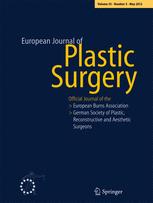 Preoperative implant planning for breast reconstruction is often at risk of being changed perioperatively. This study examined which factors are associated with a change of implant selection.
Preoperative implant planning for breast reconstruction is often at risk of being changed perioperatively. This study examined which factors are associated with a change of implant selection.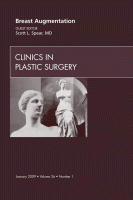 This article describes the indications and techniques related to the use of barbed sutures in facial aesthetic plastic surgery. The principle applications for barbed sutures in facial aesthetic plastic surgery are those involving lifts of the brow, midface, and the lower face and neck. Usually all three areas require surgical maneuvers to create a harmonious rejuvenation. Regardless of where in the face bidirectional barbed sutures are planned, five essential steps are needed: (1) making the incision or incisions, (2) dissecting soft tissue, (3) proximal anchoring, (4) deploying threads, and (5) molding soft tissue.
This article describes the indications and techniques related to the use of barbed sutures in facial aesthetic plastic surgery. The principle applications for barbed sutures in facial aesthetic plastic surgery are those involving lifts of the brow, midface, and the lower face and neck. Usually all three areas require surgical maneuvers to create a harmonious rejuvenation. Regardless of where in the face bidirectional barbed sutures are planned, five essential steps are needed: (1) making the incision or incisions, (2) dissecting soft tissue, (3) proximal anchoring, (4) deploying threads, and (5) molding soft tissue.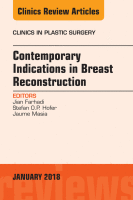
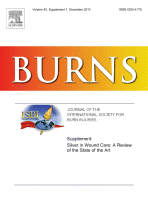 Xeroform ® is a petrolatum-based fine mesh gauze containing 3% bismuth tribromophenate. Bismuth, similar to other metals, has antimicrobial properties. Xeroform ® has been used for decades in burn and plastic surgery as a donor site dressing and as a covering for wounds or partial thickness burns. Despite this, the antimicrobial spectrum of Xeroform ® remains largely unknown. We examined the in-vitro efficacy of Xeroform ® against common burn pathogens using zone-of-inhibition methodology in a commercial research facility.
Xeroform ® is a petrolatum-based fine mesh gauze containing 3% bismuth tribromophenate. Bismuth, similar to other metals, has antimicrobial properties. Xeroform ® has been used for decades in burn and plastic surgery as a donor site dressing and as a covering for wounds or partial thickness burns. Despite this, the antimicrobial spectrum of Xeroform ® remains largely unknown. We examined the in-vitro efficacy of Xeroform ® against common burn pathogens using zone-of-inhibition methodology in a commercial research facility.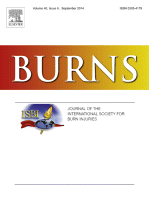 Polyneuropathy is a debilitating condition which may be associated with large burns. The aim of this integrative review is to identify factors that contribute to the development of critical care polyneuropathy in patients admitted to an intensive care unit with a severe burn injury. PubMed, Scopus, CINHAL and EMBASE were searched up until July 2016. Studies/case reports focusing on critical care polyneuropathy for burn injured patients were included.
Polyneuropathy is a debilitating condition which may be associated with large burns. The aim of this integrative review is to identify factors that contribute to the development of critical care polyneuropathy in patients admitted to an intensive care unit with a severe burn injury. PubMed, Scopus, CINHAL and EMBASE were searched up until July 2016. Studies/case reports focusing on critical care polyneuropathy for burn injured patients were included.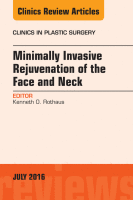 Intense pulsed light (IPL), also known as pulsed light and broad band light, is a nonlaser light source used to treat a variety of vascular and pigmented lesions, photo damage, active acne, and unwanted hair. Current IPL systems are much improved from older-generation devices with better calibration, integrated cooling, and improved tuning. These devices are extremely popular because of their versatility and are often the first devices recommended and purchased in many offices.
Intense pulsed light (IPL), also known as pulsed light and broad band light, is a nonlaser light source used to treat a variety of vascular and pigmented lesions, photo damage, active acne, and unwanted hair. Current IPL systems are much improved from older-generation devices with better calibration, integrated cooling, and improved tuning. These devices are extremely popular because of their versatility and are often the first devices recommended and purchased in many offices.

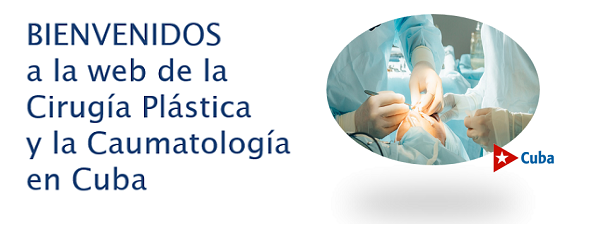
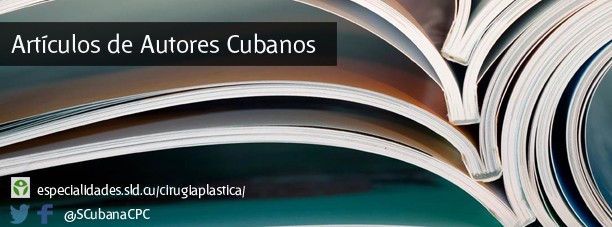
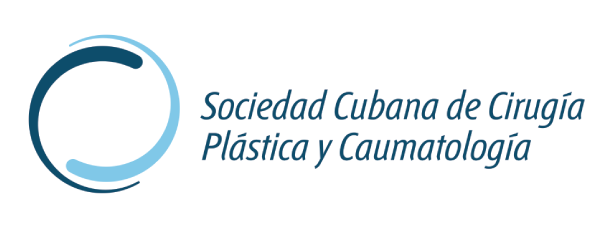

 Sitio web publicado el
Sitio web publicado el
Los lectores comentan